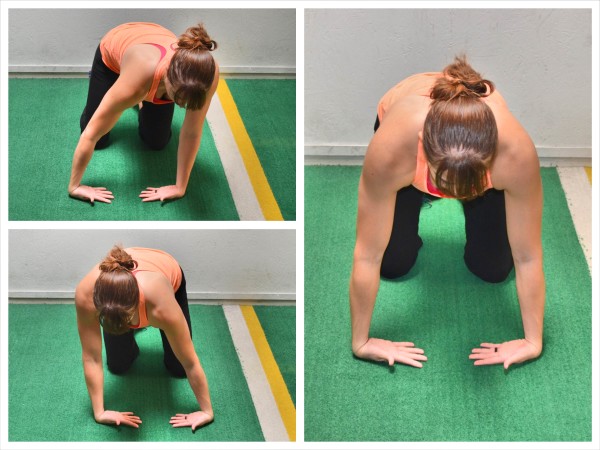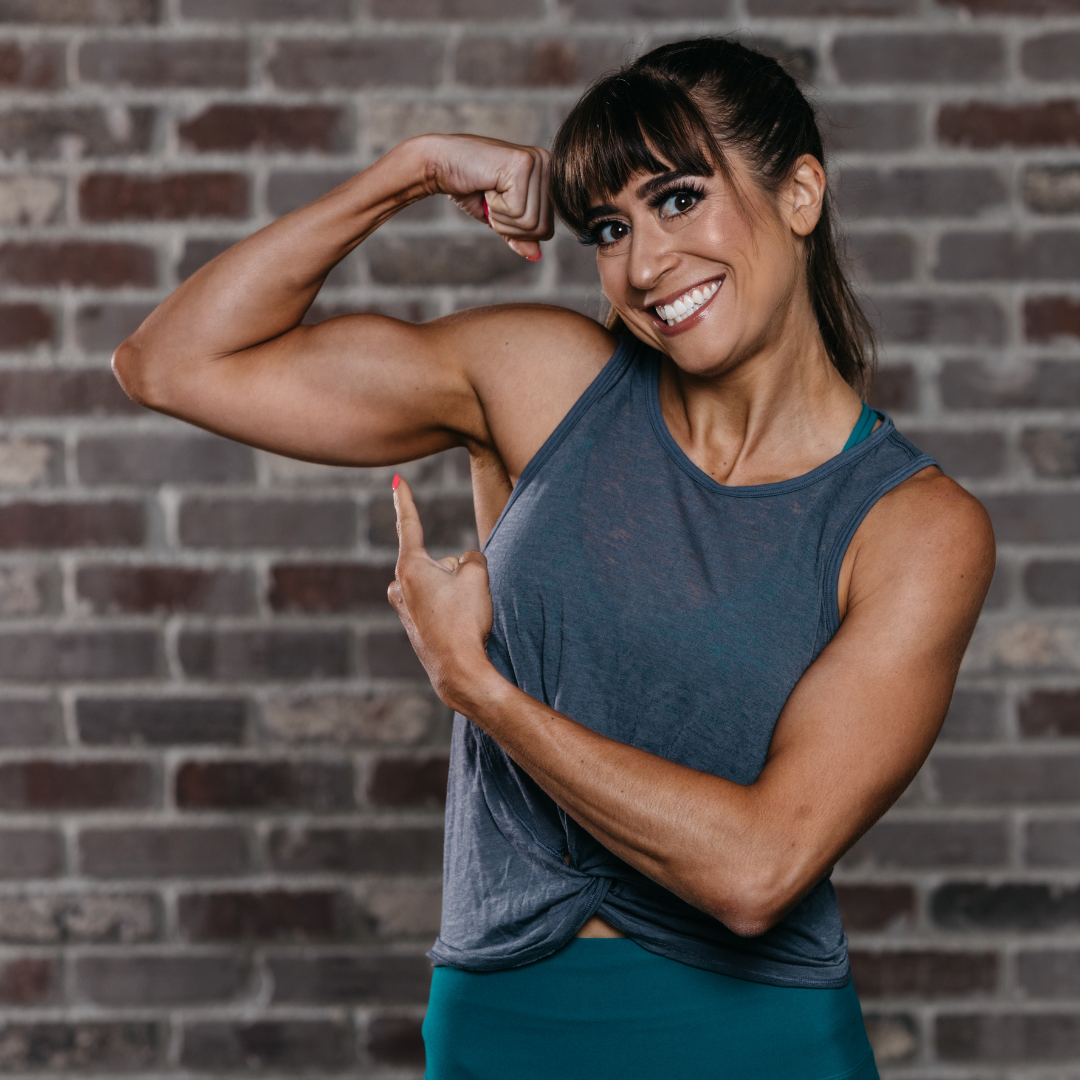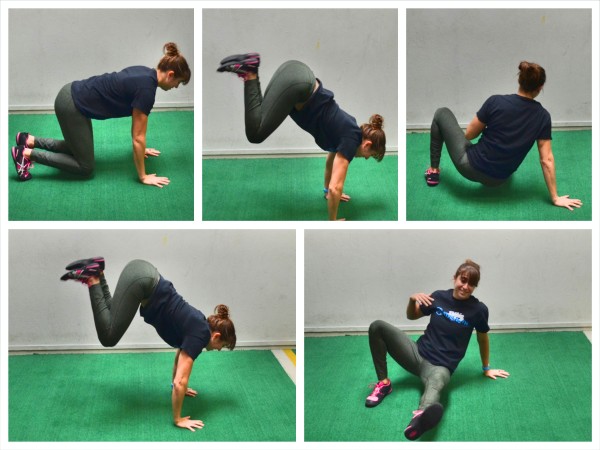

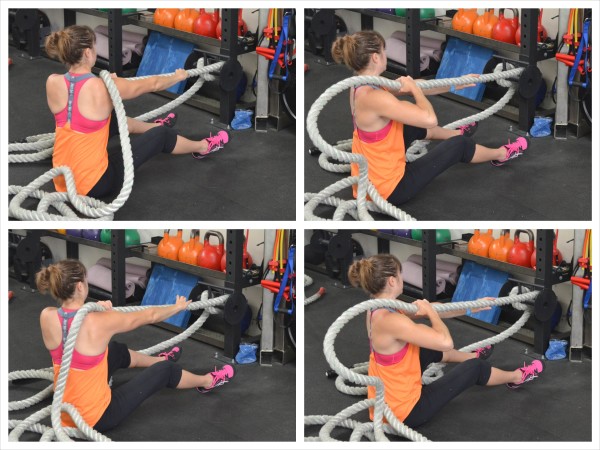
The Battle Ropes Back And Core Blast
This content is for members only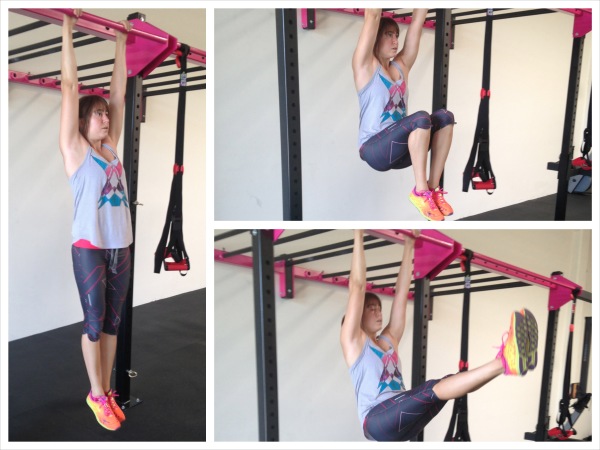
The Runner’s Full-Body Strength Workout
This content is for members only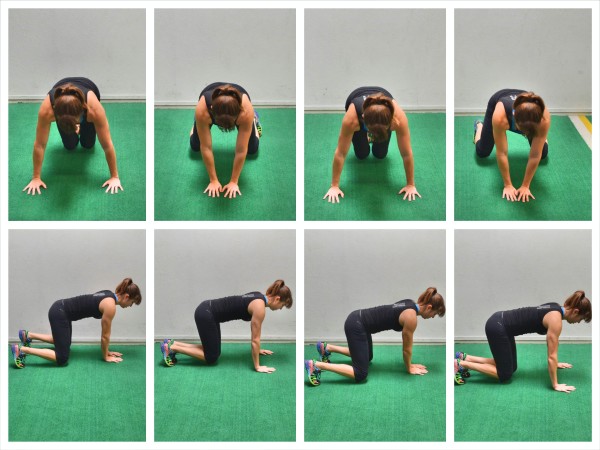
The 1 Minute Interval Cardio Workout
This content is for members only